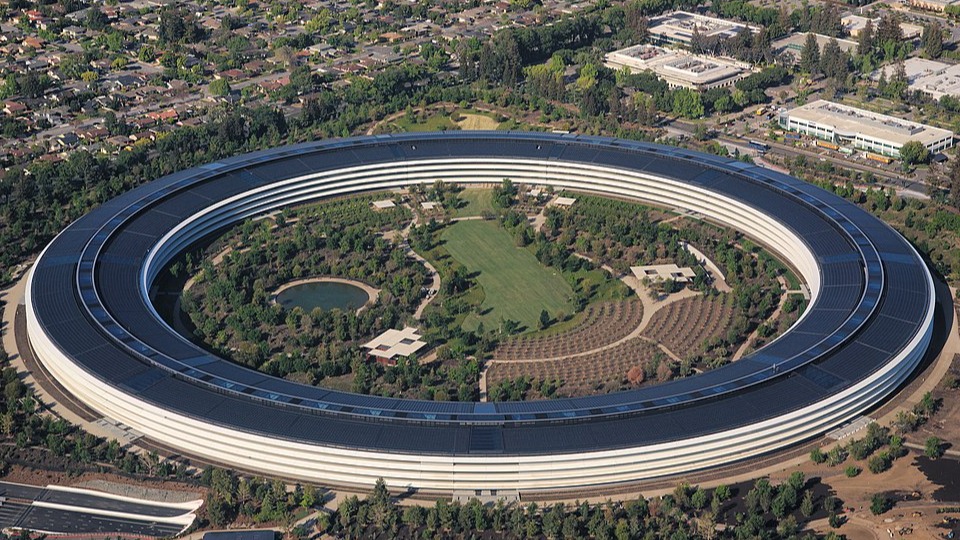Johny Srouji, Apple’s senior vice president for hardware technologies, reportedly said that the chipmaker is pushing to use genAI intelligence to speed up the design of its custom chips.
Apple’s senior technology executive made these remarks in a speech in Belgium, where he received an award from research and innovation centre Imec.
Founded in 1984, the hub is particularly renowned for research into semiconductor scalability, AI hardware, photonics and next-generation communication technologies such as 6G, and actively collaborates with universities, governments and technology companies around the world.
Reuters reported on Wednesday that Srouji’s speech focused on Apple’s development of custom chips, from the first A4 chip in an iPhone in 2010 to the latest chips powering Mac desktop computers and Vision Pro headphones.
Srouji pointed out that over the years the company has learnt to use the most cutting-edge technology available to design its chips, including the latest chip design software from electronics design automation (EDA) companies.
Current innovators in the EDA industry include a mix of established giants and specialised innovators, including Synopsis, Cadence Design Systems, which are all actively integrating genAI into their systems as the trend becomes more widespread.
“EDA companies are super critical in supporting our chip design complexities,” Srouji said.
“Generative AI techniques have a high potential in getting more design work in less time, and it can be a huge productivity boost.”
The senior executive also emphasised the lessons learned by Apple in making bets and not looking back, referring to the Mac line’s move from Intel processors to its own M-series chips in 2020.
“Moving the Mac to Apple Silicon was a huge bet for us. There was no backup plan, no split-the lineup plan, so we went all in, including a monumental software effort,” Srouji said.
Apple stated that this switch allowed it to have more control over performance, energy efficiency, and product design. The latest in the series, the M5 chip, was achieved through a combination of advanced transistor technology and optimised architecture.
According to Apple’s website, these chips integrate various components such as the CPU, GPU, and Neural Engine into a single chip using a 5-nanometer process and boasting many transistors for improved capabilities.







